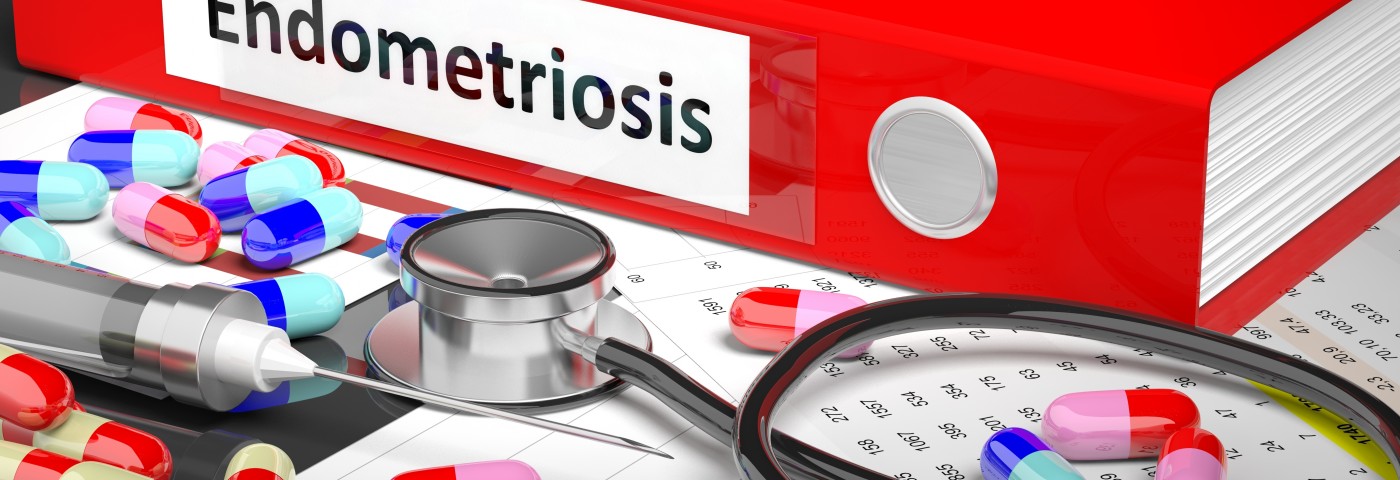Despite the prevalence of the condition, endometriosis is little known outside of the community. As a single male, I had never heard of the condition and had received very little education about women’s health in general. But then I met my partner and that changed. Endometriosis is a significant part of our relationship; it informs a lot of decisions we make, factors into our planning, and sometimes dictates how we spend our time together. It is something that I think about every day and, by extension, something I have learned a lot about.
I mentioned the importance of educating yourself about the condition in a previous column so that you can better understand your partner’s struggles and better advocate for them, but it was never something that I intentionally set out to do. There are lots of things that I learned about, was told, or stumbled across accidentally that I would never have thought about had I not met my partner.
Following are some of the things I’ve learned since having a partner with endometriosis. I’m sharing them in the hopes that other people will improve their knowledge of the condition, and in turn, increase its visibility and enable you to become better advocates for the endo community.
Modern medicine is male-centric
For generations, medical research has been unfairly geared toward male physiology due to a combination of cultural factors. Even though this medical gender-gap is closing, it has resulted in some women having negative experiences with medical professionals. Research shows hospital staff take women’s pain less seriously, spend less time treating them, and are more likely to wrongly diagnose physical pain as “just emotional.” This is important to remember when going through the journey to diagnosis with your partner.
That said, we’re so lucky to live somewhere with modern healthcare
Especially in the United Kingdom, where NHS covers medical bills through taxes, we can rest assured that our loved ones will be treated in modern, hygienic settings by highly trained and skilled staff. This is not the case everywhere, and women with the condition in developing countries may have less access to diagnosis and treatment. They often have to deal with the condition on their own.
The scope of the condition is massive
Endometriosis affects an estimated one in 10 women of reproductive age — that’s 176 million women worldwide! After seeing the effects of endo on my partner and how bad a flare-up can be, thinking how many other women I know in my life that this might affect is sobering to think about and important to remember.
Research is conflicting
Scientific research of endometriosis is nowhere near as extensive as it is for conditions of comparable frequency, and what research there is, is conflicting. Some research shows links between dioxins and endo, but other evidence refutes that claim. Some doctors will tell patients that getting pregnant can “cure” endo, but elsewhere you will find that no reliable cure currently exists. Some websites advocate lifestyle changes to manage symptoms, whereas others will point to medicines. All of this confusion makes the journey to effective management of the condition long and confusing. Be prepared to support your partner through changes they make and things they try to better manage their endo.
Symptoms are varied and unique
The symptoms of endometriosis are not only vague and shared with many other conditions, but also there are so many linked to the condition. This makes diagnosis hard and finding appropriate lifestyle changes to manage the condition even harder. Be prepared to try lots of things with your partner, and be patient as they try to find a life that works for them.
But there’s always hope in the community
The endometriosis community is active and inspiring, sharing successes and struggles, and giving tips and advice on how they manage the condition. The lack of research and recognition of the condition is somewhat softened by the strength of the community and the endo patients themselves.
It is going to take more research, more funding, and more time before we understand endometriosis fully, but in the meantime, we can equip ourselves with the knowledge of the community to make facing this condition easier. A wealth of information is out there to discover, and there are so many people going through similar things to connect with. So, immerse yourself in it, and you’ll begin to have a better understanding of the condition and the effect it has on millions of women worldwide.
***
Note: Endometriosis News is strictly a news and information website about the disease. It does not provide medical advice, diagnosis, or treatment. This content is not intended to be a substitute for professional medical advice, diagnosis, or treatment. Always seek the advice of your physician or other qualified health provider with any questions you may have regarding a medical condition. Never disregard professional medical advice or delay in seeking it because of something you have read on this website. The opinions expressed in this column are not those of Endometriosis News or its parent company, BioNews Services, and are intended to spark discussion about issues pertaining to endometriosis.


